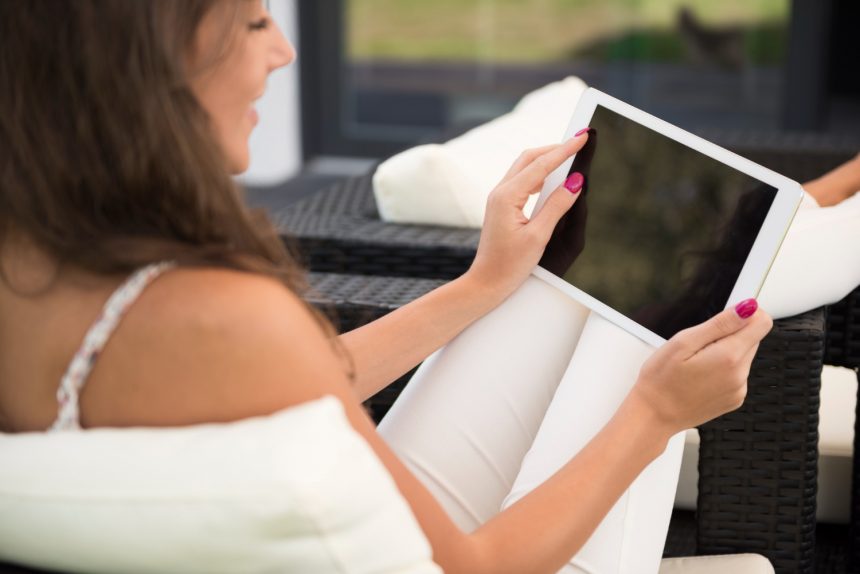Understanding the Impact of Screen Time and Why It Matters for Your Wellbeing
In today’s world, screens are everywhere — your phone, computer, tablet, TV — they’ve become an extension of our daily lives. Whether you’re scrolling through social media, binge-watching the latest series, working from home, or just catching up with friends online, chances are you spend a significant chunk of your day in front of a screen. And while technology can be incredibly helpful, fun, and even life-changing, spending too much time glued to a screen can have some downsides that affect your health and happiness.
Let’s be honest — too much screen time can make you feel mentally drained, less focused, irritable, or anxious. It can mess with your sleep, making it harder to wind down and get quality rest. You might also find yourself feeling lonely or disconnected, despite being “connected” all the time online. That’s because while digital interactions are convenient, they don’t always replace real-world relationships and experiences.
Understanding how screens influence your mental and physical health is the first step toward healthier habits. When you become aware of things like how screens disrupt your sleep cycle or increase your mental fatigue, you can start making intentional choices. Recognizing these effects helps you take control — setting boundaries around your device use so it supports your wellbeing rather than undermining it.
Remember, the goal isn’t about banning screens forever or turning into a digital hermit. It’s about finding a healthy, balanced relationship with technology that boosts your happiness, keeps your mind clear, and nurtures your real-life connections. Small awareness practices — like noticing how you feel after long screen sessions — paired with simple limits and intentional routines, can make a huge difference. Embracing this approach helps you enjoy the benefits of technology while still reconnecting with the world beyond the screen. After all, life’s richer when we strike a good balance — so let’s explore some practical ways to do just that.
Practical Strategies to Achieve a Healthy Balance Between Digital and Real-World Experiences
Now that you understand the impact of screens, it’s time to put that awareness into action. Creating habits that encourage a more balanced digital life doesn’t have to be complicated or restrictive. In fact, small, manageable changes often lead to the most sustainable results. Here are some practical tips to help you stay connected without losing sight of the world around you.
1. Set Specific Tech Check Times
Instead of mindlessly scrolling whenever you’re bored, try scheduling specific times during the day to check your devices. This could mean checking social media after breakfast and after dinner, rather than constantly popping in and out. Having designated “tech times” helps prevent endless distractions and gives your brain a break.
2. Turn Off Non-Essential Notifications
Those constant pinging alerts are meant to grab your attention — but they also fragment your focus and increase stress. Turning off notifications for social media apps or emails not immediately urgent frees you from constant interruptions, so you can focus on what really matters, whether that’s work, hobbies, or quality time with loved ones.
3. Create Tech-Free Zones at Home
Designate certain areas or rooms — like the dining table or bedroom — as device-free zones. This encourages offline conversations during meals and helps establish a calming pre-bedtime routine, making it easier to unwind without screens before sleep.
4. Use Apps and Device Settings to Monitor and Limit Screen Time
Many smartphones and computers now have built-in tools to track your usage and set limits. Use these features to become aware of how much time you spend on different apps, and set daily caps to ensure you don’t go overboard.
5. Practice Regular Breaks
If you’re working or binge-watching, remember the 20-20-20 rule: every 20 minutes, look at something 20 feet away for at least 20 seconds. This simple habit reduces eye strain and mental fatigue, giving your brain a quick reset.
6. Prioritize Outdoor and Offline Activities
Make time for activities that don’t involve screens — go for a walk, try a new hobby, meet friends in person, or spend time in nature. These experiences boost your mood, improve focus, and strengthen real-world relationships.
7. Establish a Bedtime Routine Without Screens
Aim to turn off your devices at least an hour before bed. Instead of scrolling, try reading a book, stretching, or journaling. Quality sleep is essential for mental clarity and overall health.
8. Practice Mindfulness and Reflect
Take a few minutes each day to check in with yourself. Are you feeling anxious or overwhelmed? Are you scrolling out of boredom or habit? Journaling or mindfulness meditation can heighten your awareness of digital habits and help you make more conscious choices.
Remember, small steps are powerful. Reduce your screen time gradually — maybe start by cutting back 15 minutes a day or designating one evening a week as a tech-free night. Over time, these habits become part of your routine, making it easier to sustain a balanced digital lifestyle.
Bringing It All Together
Finding that sweet spot between screens and reality isn’t about quitting technology — it’s about using it intentionally and mindfully. With a few simple strategies, you can reduce digital fatigue, enhance your mental clarity, and nurture more meaningful connections in the real world. The goal is to make your digital life support your overall wellbeing, giving you space to enjoy a fuller, more balanced life. So take these tips, personalize them to fit your routine, and remember: a balanced digital life is possible, and it’s worth the effort!










